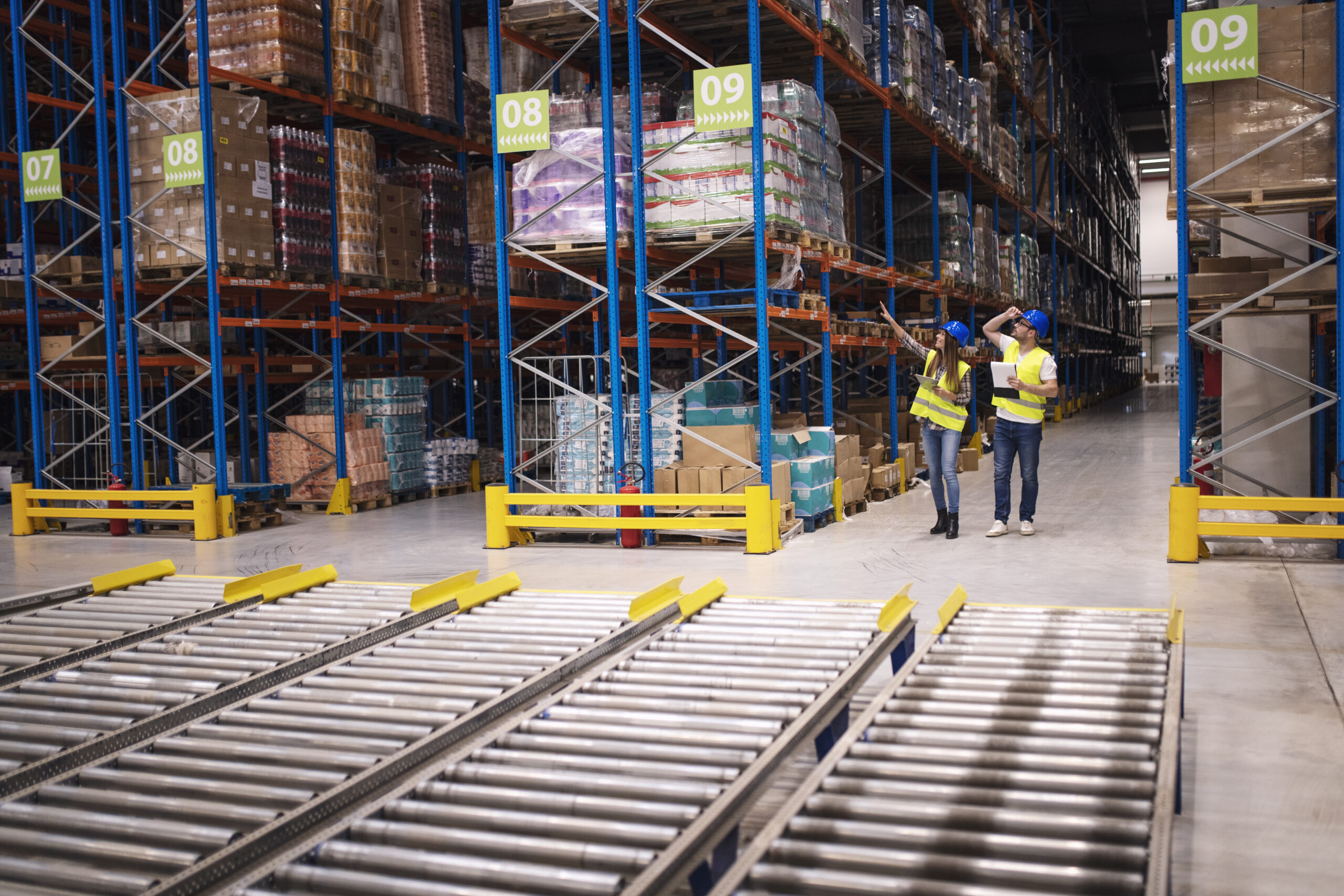What is customs duty, how is it paid and how is the 2020 slice calculated? Customs tax (Tariff Tax) is the tax levied for the economy by the country where the product enters the countries where there is trade. When exporting, the country that receives the service or product still receives customs duty when the product enters the country. Trading countries receive a certain amount of money according to the variety of products.
In order for the customs tax application to be beneficial to the country’s economy, policies in accordance with world standards should be followed, neither the domestic market should crush the foreign market, nor the foreign market should dominate the country. In this way, the country protects both its industry.
In addition, foreign origin companies engaged in foreign trade increase the price of the goods according to the tax due to the taxes applied at the customs. Thus, the imported goods are protected in terms of the country’s economy in terms of its domestic market. Taxes are a source of income for countries, taxes collected at customs support the economy of countries.
Customs duty, according to the current regulation tariff on the date of commencement of customs responsibilities for foreign trade transactions in imports; CIF (cost insurance freight) is calculated with the equation of Valuable (Goods Cost + Freight (International transportation fee) + Insurance).
What Are the Import Customs Duty Rates for 2020?
Countries engaged in foreign trade can control taxes on goods and services from abroad. If the taxes on the goods and services required for the country are low, the entry of the goods into that country will be fast. The goods needed or exchanged with the import quickly enter the domestic market.
With the Supplementary Decision to the Import Regime Decision published in the 3rd Repeated Official Gazette on 31.12.2019, the customs duties of the products were determined in 2020 together with the GTIP. The border duty, which is different for each good in import, is different for stationery items from China, the rates will not be the same for any goods entering the country from Georgia.
It is applied at the rate of 18/20, regardless of the price, for all mail and cargo mails, whether they are messages or not, sent to Turkey after May 2018.
Turkey’s customs tax rate is 18% for goods ordered from European Union member countries, and 20% for importing products from China and other countries. You can reach the correct tax rates and calculate by looking at the current foreign shopping customs tax, Turkey’s customs tax rates, firstly the Ministry of Commerce and then the exporters’ unions.
How to Calculate Customs Duty?
What is customs duty payment? How to pay? What is the calculation formula and how is it done? You can find the answers to your questions in the texts above and the details below. The first questions that come to everyone’s mind are how to calculate customs duty, Border Tax, how much it is paid, and how it is paid, which is followed with interest by international traders. How much tax will be collected from which product is determined according to the GTIP of the product to be released to the domestic market. First of all, you can query the GTIP number of the product, and then look at the tax amount to be applied. To query free GTIP, you can refer to the Tariff Search Engine system of the Ministry of Commerce.
We shared the customs tax calculation formula above, but different taxes are also applied to the products at the customs. When calculating customs tax, do not forget to add the additional customs tax calculation. As a result of this calculation, you can find out how much the tax reflects. The ETGB form is used in micro exports, that is, for products exported outside the border with a limit of 300 KG and 15000 Euro. You can also make the ETGB inquiry from the website of the Ministry of Commerce.
Again, you can calculate how much it costs with the foreign tax calculation formula in micro export transactions from the Ministry of Commerce. It also explains in detail what it is and how to calculate the payment. Current customs submission fees, customs shopping limit, weight limit, SCT and VAT rates are also inquired from the website of the export unions and the Ministry of Commerce.
Where is Customs Duty Paid?
After answering the questions of what is the customs tax, how is it paid, and the calculation questions, the question of where and how the taxes are paid is also wondered. After answering the question of how much is the customs fee, taxes according to the product code and additional taxes, if any, are added with the HS code query. Payments can be made to banks such as Ziraat Bank, Ziraat Participation Bank, Vakıfbank, Vakıf Katılım Bankası, Halkbank and Emlak Katılım Bankası, with the latest fee and the tax declaration number related to the bill of lading and customs declaration, to the Customs Accounting Office to which it belongs or to public banks authorized for foreign trade. The taxes of the mails and cargoes coming from different countries, together with the cargo customs tax, can be paid to the operator providing the shipment according to Article 11 of the Customs General Communiqué (Serial No: 4).
How to Pay Customs Duty?
After the questions of what is the customs tax, how much it costs, how it is paid and where it is paid, the answer to the questions of what we should do while paying and how to pay is here. Since customs duty payment is a type of tax with different rates for each commodity, first of all, the tax code should be checked. Afterwards, as stated in the related article, the “Collected” information of the Customs General Directorate’s customs accruals numbered 73421605-849.04 is transmitted to the accounting system; As of 01.06.2020, it has been stated that tax payments arising from goods input in foreign trade transactions will be processed through the Common POS application instead of the GUMKART application.
In the answer to the question of where to pay the customs duties, the payment can be made to the public banks or, thanks to the Common POS application in the customs accounting offices, which are also located in the customs administrations, with the Public Banks Debit Card (only Ziraat Bank, Vakıfbank and Halkbank Debit Cards in preferred cases). Currently, there does not appear to be any change in the tax, accrual and payment processes of the tax returns with the published article. Again, as is known, the accrual and payment processes of the declarations will be taken as they are now until further disclosure.
Frequently Asked Questions
What is the customs tax, how to pay, how to calculate, what are the tax rates, how to pay the import tax status, and after the answers to the questions with different titles, we have gathered the answers to the questions that come to mind the most. It includes how and to what extent the 2020 customs tax rates are applied to imported incoming goods located in the customs border region of Turkey according to the legislation. Goods whose material value does not exceed 1500 Euros are subject to 18% tax when they come from EU countries. For China and other countries, 20% customs duty is applied.
Why the customs tax is charged, the customs tax varies in terms of the property, type, weight, and cost of the goods. Also, frequently asked questions are how the payment for shipments exceeding 1500 Euro is taxed. According to Article 167 of the Customs Law, the examinations are summarized. In addition, there are explanations about the SCT tax, which is one of the most curious subjects, and the expenditure tax of the goods in fixed or proportional terms. There are also commercial measures applied as two types of additional customs duty, Scheduled and Non-Tariff.
How to pay Customs Duty?
Payment is made according to the articles in the text numbered 01.06.2020, 73421605-849.04 published by the Ministry of Commerce, General Directorate of Customs. First of all, the question of how the product to be customs is calculated and how much it costs and finally how it is paid should be answered. The designated authorized public banks are; realized through Ziraat Bank, Ziraat Participation Bank, Vakıfbank, Vakıf Katılım Bankası, Halkbank and Emlak Participation Bank. You can have the information beforehand by querying the customs code. In addition, it has been stated that tax payments resulting from imports will be processed through the Common POS application instead of the GÜMKART application. With the Joint POS application, payments can be made with Public Banks Debit Card or, in preferred cases, only with Ziraat Bank Vakıfbank and Halkbank Debit Cards.
What are the 2020 Customs Tax rates?
You can find the most accurate answer and calculate by following the question of how much is the customs fee, as well as the tax rates and the currentity of the payments, by following the exporters associations or the website of the Turkish Ministry of Commerce, General Directorate of Customs. According to the legislation, all taxes applied to the goods imported and exported in the Turkish customs border region are charged; It is applied according to the country of origin for goods whose value does not exceed 1500 Euro. Depending on the place of origin, single and specific taxes are applied. 18% tax is applied when goods come from European Union countries. For China and other countries, 20% customs duty is applied.
In addition, if the goods serve personal use, if the value of the order exceeds 150 Euro, 8% tax is applied regardless of the country.
Why is Customs Tax charged?
The answer to the question of what is customs tax and why is it charged; It is the state income gate that contributes to the economy of the countries and balances the domestic markets when taxes are taken. Therefore, it is an important tool in terms of contributing to the economy of countries. There is tax for individuals and institutions that participate in foreign trade. Customs duty, in other words, border tax, protects the industry and domestic market of the countries. The country’s economy contributes to the national budget with the taxes coming from the customs. In trade, countries control the goods imported from abroad. They keep the goods and services they want low so that countries can easily import the goods and services they need more into the country. If there is a good that countries want to have less inflow, a policy of raising prices is followed to discourage the other party in trade.
How much tax is payable for shipments exceeding 1,500 Euros?
According to Article 167 of the Customs Law, for shipments exceeding 1500 Euros that can pass through the customs border, books and similar printed publications are exempted from goods for personal use, whose material value does not exceed 1500 Euro per shipment, which reaches a person in the Turkish Customs region by post or fast cargo transportation. The answer to the question of what are the goods to be brought into Turkey from abroad with the condition of paying the taxes, again, 18% will be applied if the goods come from the countries of the European Union, and 20% if they come from other countries. This rate has been determined as 0% for books and similar publications. For the goods included in the list attached to the Special Consumption Tax Law, 20% should be added to the above rates when calculating the additional customs tax.
Which products are subject to Special Consumption Tax?
What is the special consumption tax, how is it calculated, how much is paid, how is it paid? Special consumption tax (SCT) does not mean a fixed or proportional expenditure tax on tradable goods. The purpose of applying this tax is not to generate income, but to provide economic benefit to the society. For this reason, SCT is applied to jewellery, fur and similar goods, which are among the luxury goods. It is also applied for alcohol, cigarettes and other goods that are harmful to health. SCT is also applied to gasoline and chemical derivatives that are harmful to the environment.
The difference between SCT and VAT does not occur every time the owner of the SCT changes. SCT calculation is added when the goods are sold in foreign trade or due to delivery to the first buyer.
What does additional customs duty mean?
The answer to the questions of what is the additional customs tax, how is it calculated, how is it paid, and how much is the tax to be collected in addition to the customs tax collected from the goods to be imported through foreign trade. Additional tariffs are tariff and non-tariff barriers to international trade to protect domestic producers. In this respect, it is divided into two. What is meant by tariff is an increase in the customs tax rate. It is a precautionary measure in international trade, which is applied outside the tariff. In order to prevent unfair competition in imports, a notification is issued and takes the form of tax. The Customs Entry Tariff Table Law No. 474 is the legal reference point for additional customs taxes. The additional decision on the import elements is published and becomes a regime. Additional customs tax calculation should be added for textile and ready-made clothing products, hand tools, carpets, furniture, small household appliances, iron and steel wires.


